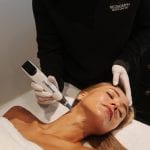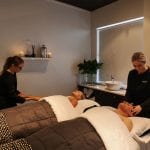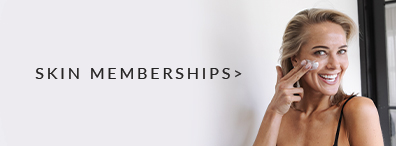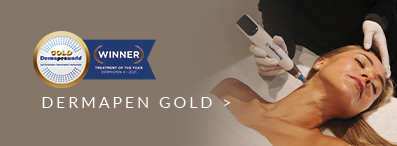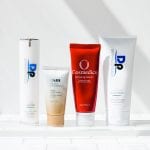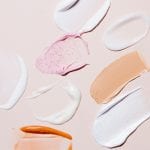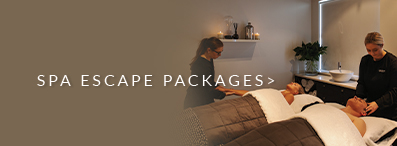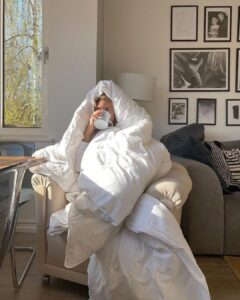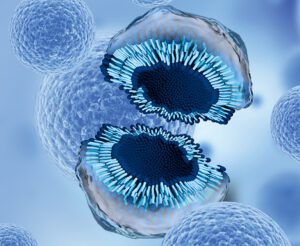
The Feminine Forum: Why Breakouts Aren’t Just for Teenagers
Acne in your teens is expected. Acne in your 30s, 40s, even 50s? That hits different.
And the worst part? It’s rarely treated like what it actually is, a hormonal, systemic skin condition. Not just clogged pores. Not poor hygiene. Not because you didn’t double cleanse.
We see it every day: women blindsided by breakouts long after high school, wondering what changed, and why nothing over the counter seems to be working.
Let’s unpack why it’s happening, and what you can do about it.

Hormonal Skin Isn’t Just a Phase
Hormonal acne isn’t caused by poor skincare. It’s caused by internal shifts in androgen levels, which influence oil (sebum) production and inflammation.
These shifts can be triggered by:
– Coming off the pill (especially after long-term use)
– PCOS or insulin resistance
– Perimenopause or menopause
– Postpartum or breastfeeding
– Stress-driven hormone imbalances (hello, cortisol)
According to Dr. Lara Briden, naturopath and author of Hormone Repair Manual:
“Acne is an inflammatory condition, and excess androgens (like testosterone) are the fuel. The key is to reduce inflammation and address hormone imbalance, not strip the skin.”
The classic signs of hormonal acne are deep, cystic breakouts along the jawline, chin, or cheeks.
Other signs are:
– Flare-ups that follow your cycle or stress patterns
– Scarring or post-inflammatory pigmentation that lingers
– Oily in some areas, dry and reactive in others
– Nothing topical seems to “fix” it
If this sounds familiar, you’re not alone, and you’re not doing anything wrong. Your skin is responding to what’s happening inside. You need a plan that starts there.
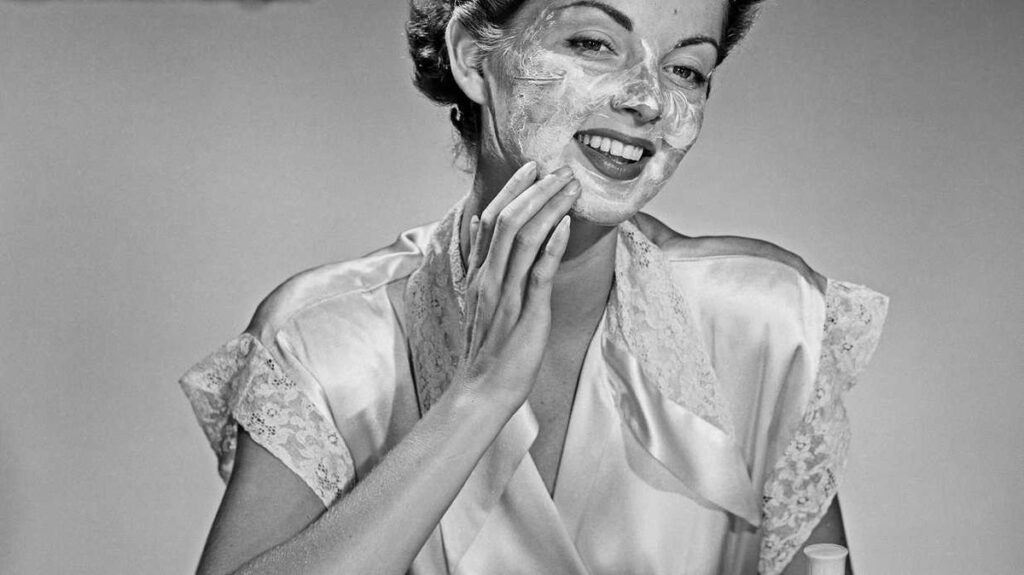
Strategies That Work:
1. A Professional Skin Plan
A 15-step home routine won’t fix it, but a strategic, prescribed plan can.
We use brands like O COSMEDICS and Dp Dermaceuticals for their targeted actives, barrier support, and non-inflammatory formulas. Active ingredients like retinoids, salicylic acid, niacinamide, and DHT blockers are selected based on your skin’s behaviour.
2. Gut and Liver Support
Poor detox pathways can allow excess hormones to recirculate, fuel for acne. This is where gut health plays a huge role. A nutritionist or naturopath can guide you on foods, supplements, or probiotics that support healthy hormone clearance.
Recommended read: Period Repair Manual by Dr. Lara Briden.
“Your skin is a window into your gut and your hormones. It’s not about ‘fixing’ the skin, but understanding the message it’s sending.”
3. Address Androgens at the Root
For many, excess testosterone or DHT (dihydrotestosterone) is the culprit. Some topical ingredients can help reduce oil production, but internal support (such as zinc) may be needed too. Talk to us about our range of supplements.
4. Treat the Skin Gently, Not Aggressively
Hormonal skin is already inflamed. Harsh scrubs, stripping cleansers, or alcohol-based spot treatments will only trigger more irritation. Instead, we focus on barrier repair, consistent actives, and clinical treatments like LED, medi-facials, and skin needling to support clear skin from the foundation up.

Final Thoughts (and a Bit of Reassurance)
Hormonal breakouts don’t mean you’ve failed. They mean your skin is responding to deeper signals, and that’s not something you can ‘fix’ with a new cleanser.
But the good news? There is a way forward. With the right support, the right prescription skincare, and a plan tailored to your hormones, not your age, you can take back control.
Start with a complimentary skin consult in clinic. We’ll assess your skin, your history, and help you build a plan that works with your body, not against it.
Chaniele x

